Jason Youn
Semi-Automated Construction of Food Composition Knowledge Base
Jan 24, 2023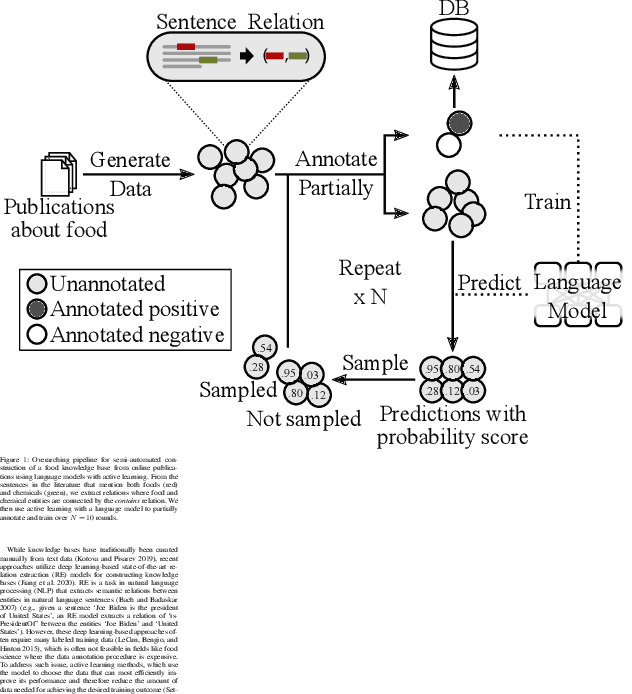
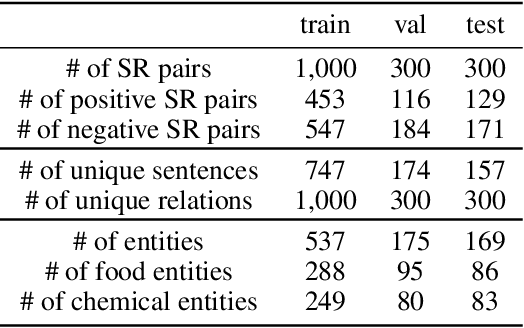
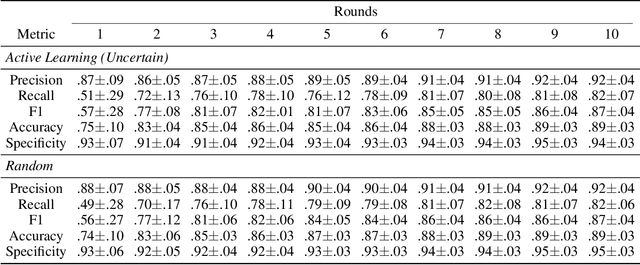
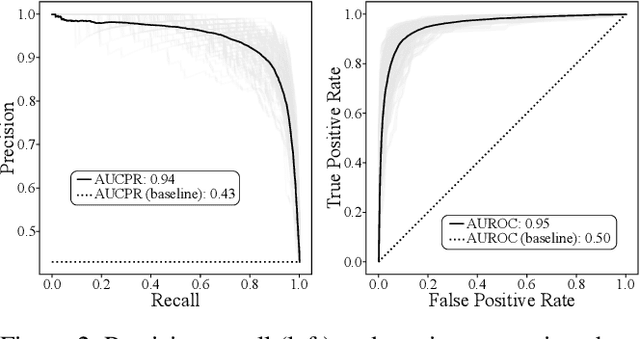
Abstract:A food composition knowledge base, which stores the essential phyto-, micro-, and macro-nutrients of foods is useful for both research and industrial applications. Although many existing knowledge bases attempt to curate such information, they are often limited by time-consuming manual curation processes. Outside of the food science domain, natural language processing methods that utilize pre-trained language models have recently shown promising results for extracting knowledge from unstructured text. In this work, we propose a semi-automated framework for constructing a knowledge base of food composition from the scientific literature available online. To this end, we utilize a pre-trained BioBERT language model in an active learning setup that allows the optimal use of limited training data. Our work demonstrates how human-in-the-loop models are a step toward AI-assisted food systems that scale well to the ever-increasing big data.
KGLM: Integrating Knowledge Graph Structure in Language Models for Link Prediction
Nov 04, 2022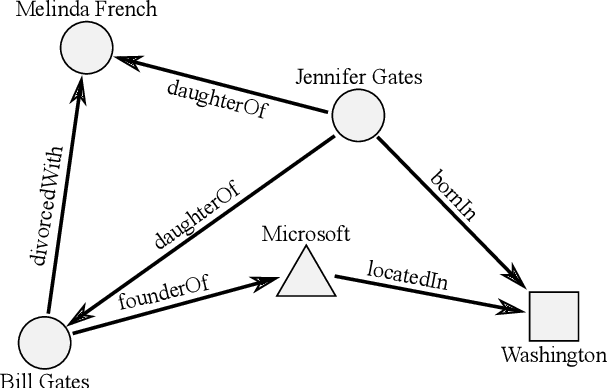


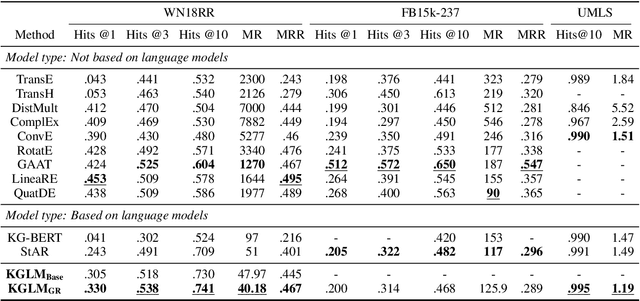
Abstract:The ability of knowledge graphs to represent complex relationships at scale has led to their adoption for various needs including knowledge representation, question-answering, fraud detection, and recommendation systems. Knowledge graphs are often incomplete in the information they represent, necessitating the need for knowledge graph completion tasks, such as link and relation prediction. Pre-trained and fine-tuned language models have shown promise in these tasks although these models ignore the intrinsic information encoded in the knowledge graph, namely the entity and relation types. In this work, we propose the Knowledge Graph Language Model (KGLM) architecture, where we introduce a new entity/relation embedding layer that learns to differentiate distinctive entity and relation types, therefore allowing the model to learn the structure of the knowledge graph. In this work, we show that further pre-training the language models with this additional embedding layer using the triples extracted from the knowledge graph, followed by the standard fine-tuning phase sets a new state-of-the-art performance for the link prediction task on the benchmark datasets.
 Add to Chrome
Add to Chrome Add to Firefox
Add to Firefox Add to Edge
Add to Edge